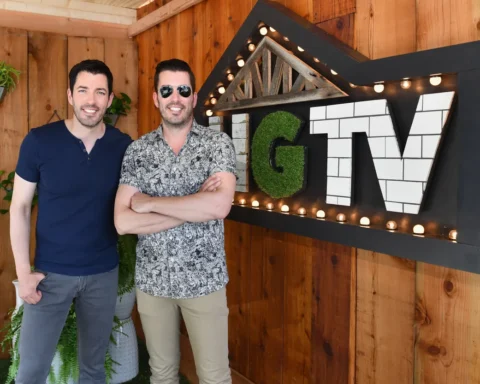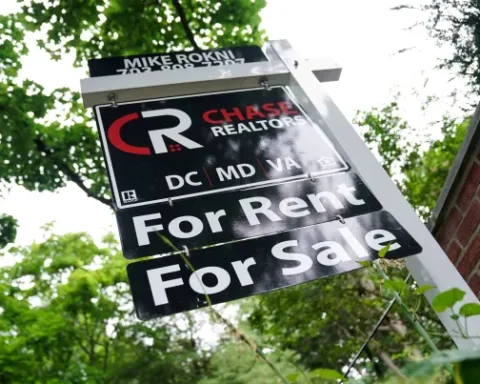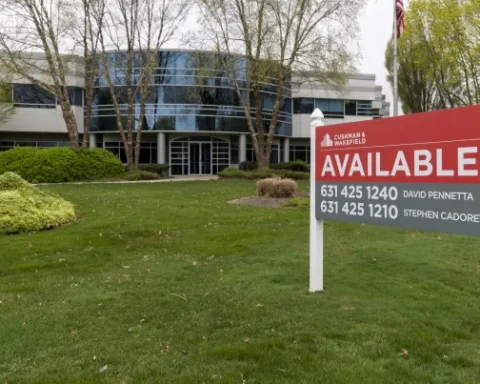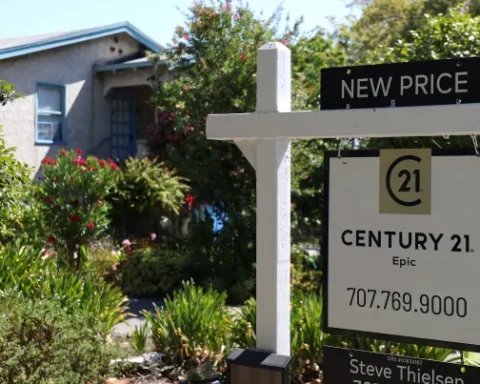With home prices skyrocketing, American homeowners now hold a staggering $32 trillion in home equity as of the first quarter of 2024, according to the St. Louis Federal Reserve. This unprecedented figure offers both opportunities and risks for homeowners considering tapping into their home’s value.
“It’s one of the very few things we can say about today’s housing market that is, more or less, positive,” said Jacob Channel, senior economic analyst at LendingTree. While this equity provides financial flexibility, there are vital considerations before borrowing against it.
The Rise of Home Equity and What It Means
Thanks to the surge in housing prices, the average homeowner now has roughly $214,000 in tappable equity, with 60% of homeowners sitting on at least $100,000, according to Intercontinental Exchange’s Mortgage Monitor. This tappable equity refers to the portion lenders allow homeowners to borrow while keeping a 20% cushion of the home’s value intact.
Andy Walden, vice president of research and analysis at the Intercontinental Exchange, emphasized the impact of rising home values, stating, “Rising home prices have continued to build the fortunes of existing homeowners, pushing tappable equity to its highest level ever.”
How to Tap Into Your Home Equity
Despite the wealth locked in home equity, accessing it has become increasingly expensive due to rising interest rates. Greg McBride, chief financial analyst at Bankrate.com, noted that while homeowners have significant equity available, “the cost of borrowing against your home is near the highest it’s been in recent years largely due to a series of rate hikes by the Federal Reserve.”
McBride explained that many homeowners still see home equity as a cheap source of funds, but “that paradigm has changed.” Current mortgage rates, around 6.3%, have discouraged some homeowners from refinancing, though refinancing demand is up by more than 100% compared to last year.
Exploring Loan Options: Cash-Out Refinance vs. Home Equity Loans
There are different options for those looking to leverage their home’s equity. A cash-out refinance allows homeowners to refinance their mortgage at a new interest rate while pulling out extra cash. However, McBride cautioned, “As rates come down, you might see more opportunities for a cash-out refi, but nobody is going to confuse it with 2021,” referring to the post-pandemic era of ultra-low rates.
On the other hand, a home equity loan offers a lump sum at a fixed rate. Holden Lewis, home and mortgage expert at NerdWallet, recommended this option for homeowners planning renovations. “A home equity loan could be a good option for homeowners who want to raise money to pay for renovations, either to make the home more to their liking or to fix it up before selling next year,” said Lewis.
However, the current average home equity loan interest rate is 8.52%, making it a pricier option than traditional 30-year mortgages. Lewis suggested that homeowners might feel less reluctant to opt for these loans as rates decline.
HELOC: An Alternative Option
Another option for homeowners is a home equity line of credit (HELOC), which works as a revolving line of credit that homeowners can access as needed. The current average HELOC rate hovers just below 10%, a relatively high rate but still far better than the over 20% average charged by most credit cards.
When considering borrowing against home equity, it is essential to compare the terms and rates different lenders offer. Jacob Channel at LendingTree advised homeowners to shop around, noting, “Different lenders will also offer different terms and interest rates.”
Understanding the Risks of Tapping Home Equity
While the financial flexibility of home equity loans and HELOCs is appealing, homeowners should be aware of the risks. Defaulting on these loans can lead to severe consequences, including foreclosure. “The best advice is to be thorough and plan,” Channel said. “Make sure you are in a position where you can pay back whatever you borrow.”
Borrowing against home equity can be a valuable financial tool, but it’s not a decision to take lightly. Weighing the costs and risks is crucial to ensuring it aligns with your long-term financial goals.
Home equity is at an all-time high, presenting unique opportunities for homeowners. However, high interest rates and potential risks make it essential to consider the best options carefully before tapping into your home’s value. Jacob Channel wisely advises, “This isn’t one of those things you should try to wing.” Proper planning can make tapping into your home equity a powerful financial tool.







